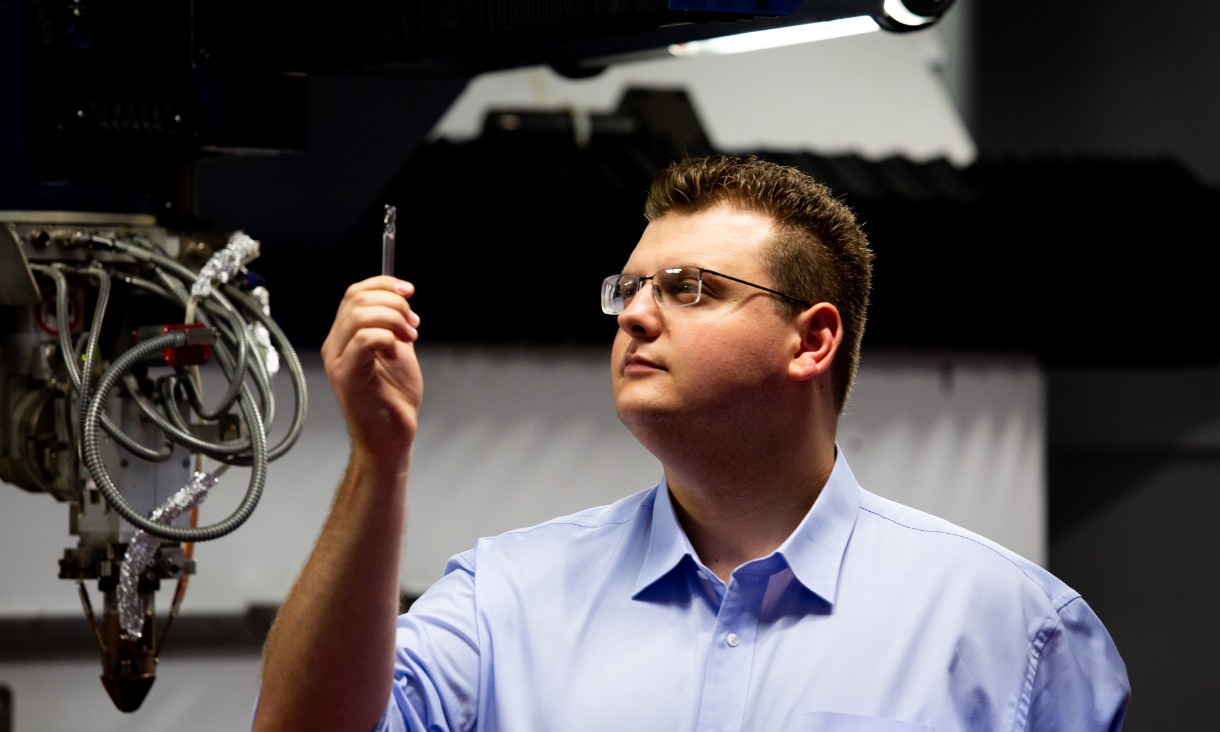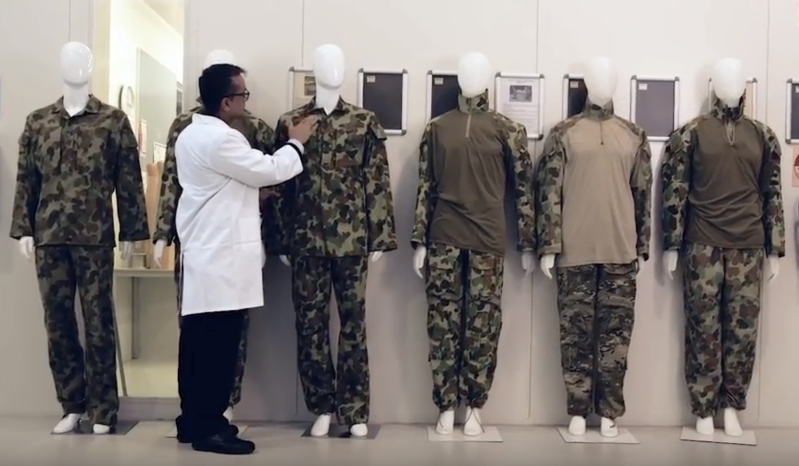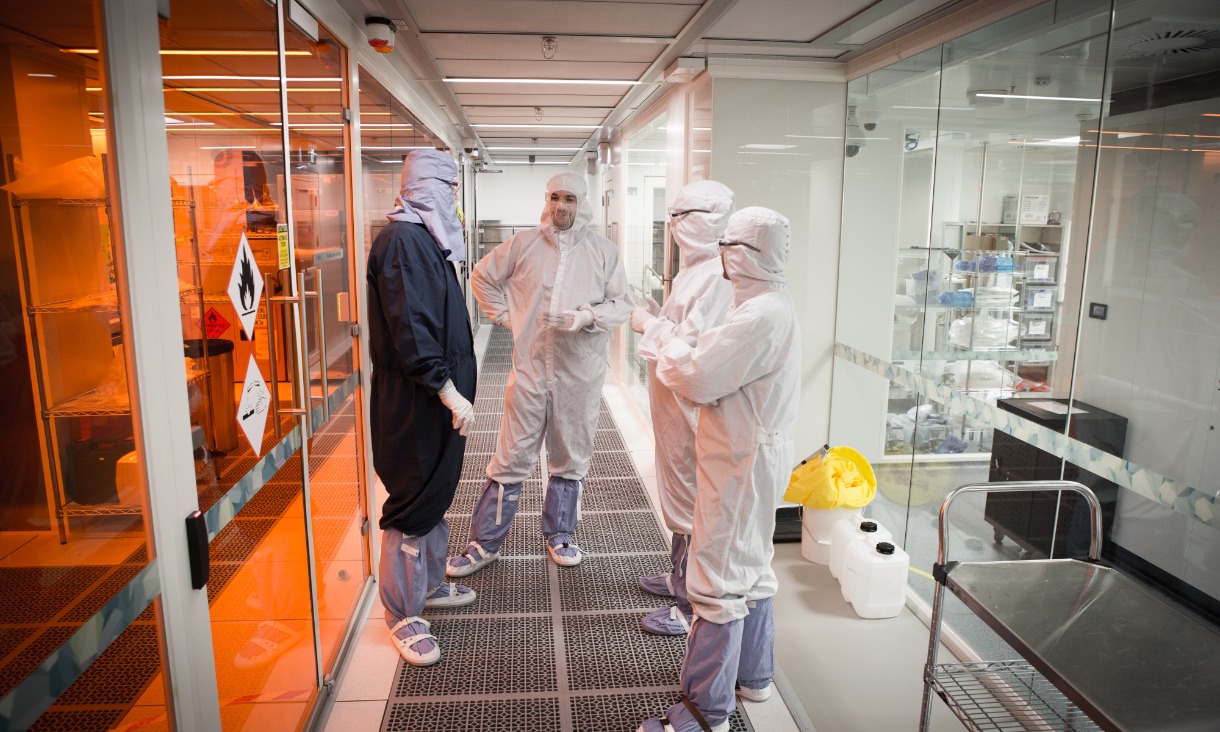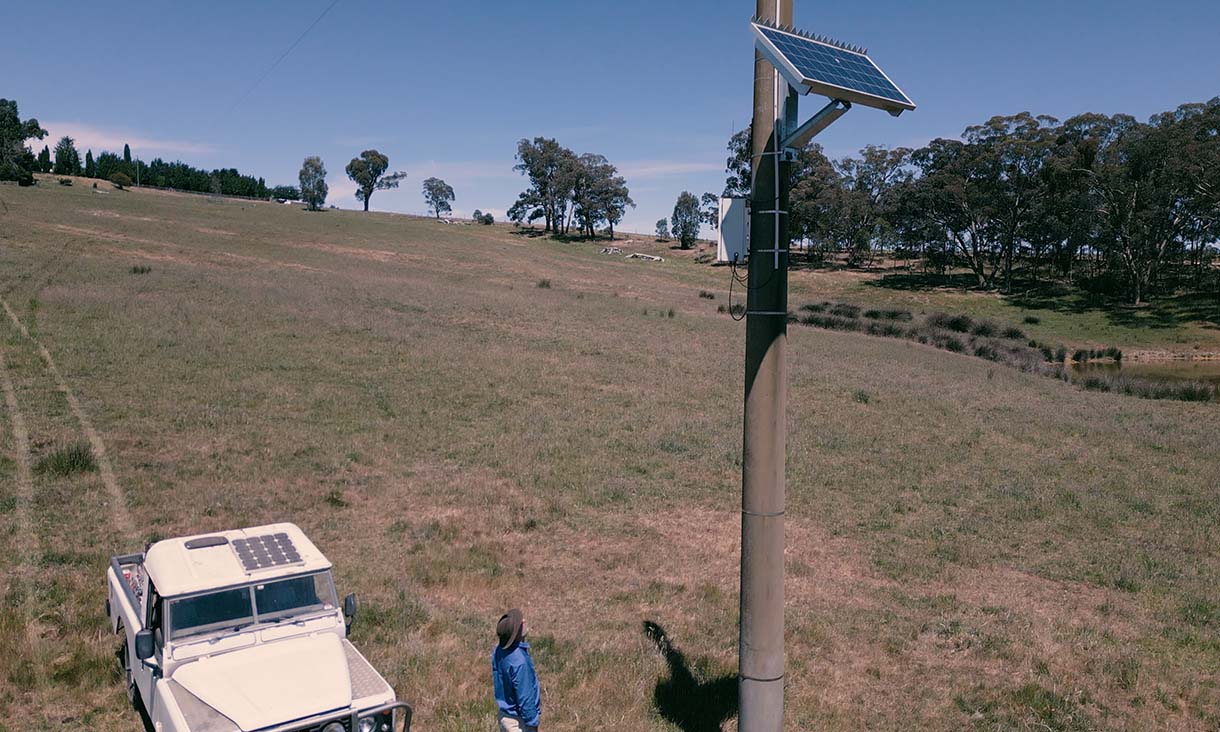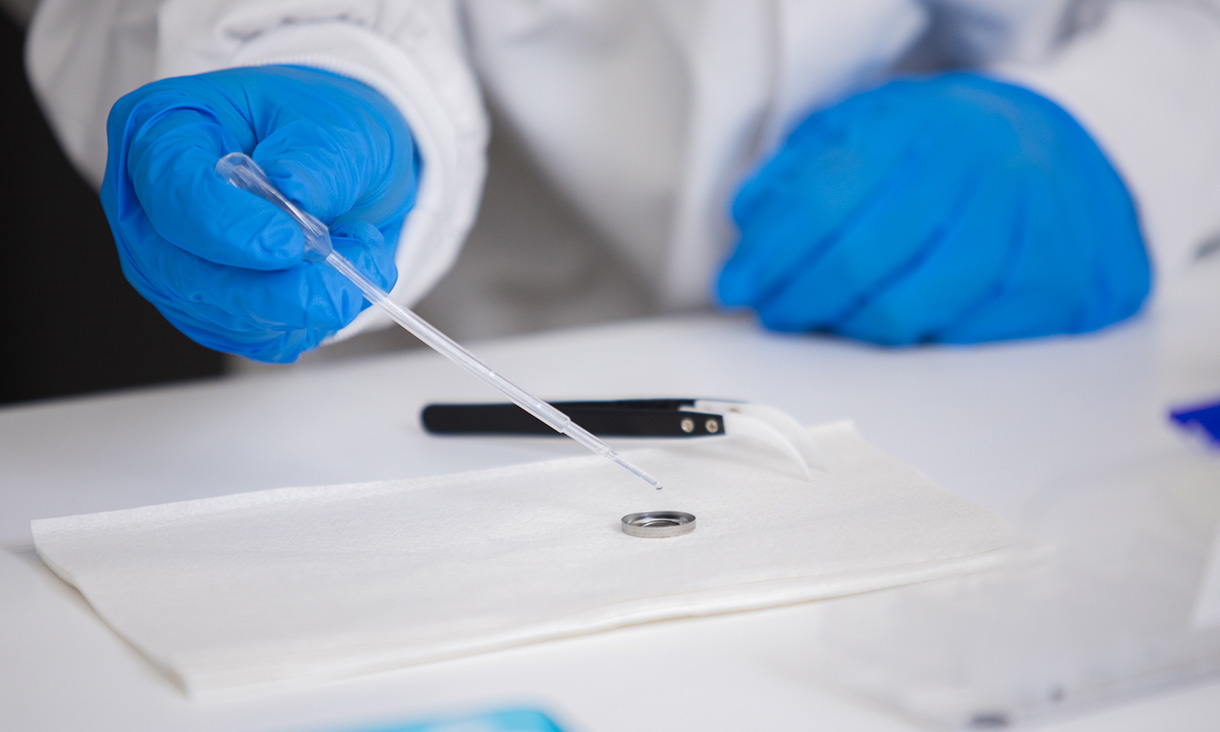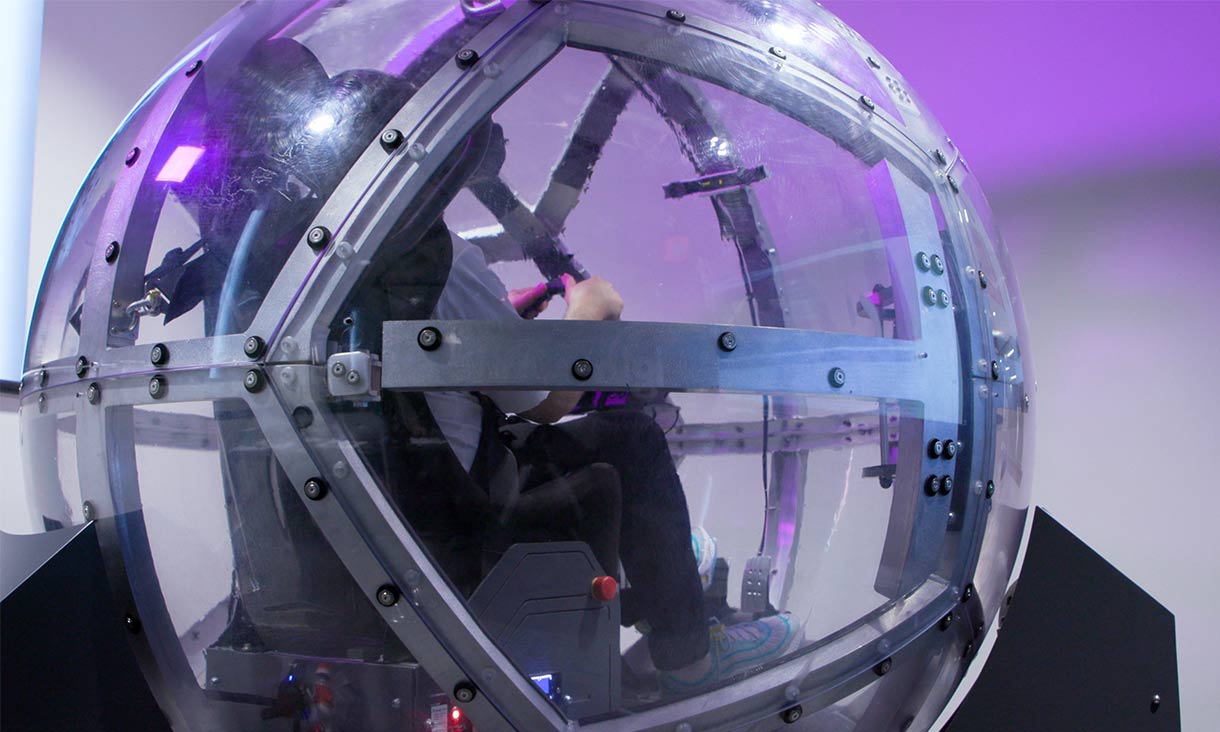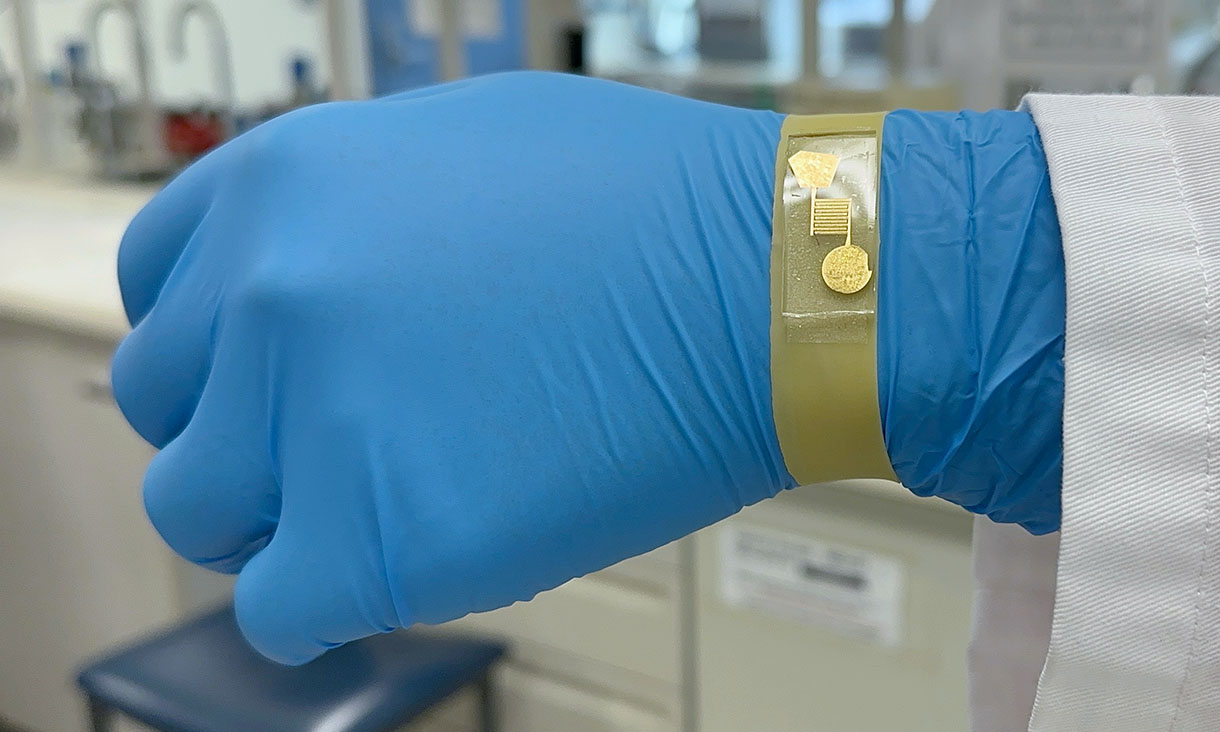RMIT University has a longstanding and trusted relationship with Aerospace and Defence industries and government, including the Defence Science and Technology Group.
It was partly due to RMIT University’s service to defence that saw Queen Elizabeth II award royal patronage to the university in 1954.
In our previous incarnation as the Working Man’s College, we provided vocational training for more than 1,500 returned servicemen between 1917-1919, then contributed to the war effort between 1939 -1945, training more than 20,000 servicemen and women in communications.
We continue in this tradition today by delivering relevant and engaged programs for upskilling the workforce.
In recent decades, RMIT University has been there at the forefront of rapid technological development and remained responsive to the changing needs of Aerospace and Defence industries.
We make it our business to understand industry needs and priorities and seek alignment with our world-class expertise.
We have expertise in every stage of product development from concept, design and testing through to policy and implementation.
The calibre and diversity of this expertise attracts researchers and students from around the world who undertake fellowships, postgraduate studies and internships with us.
The Australian Research Council rates our engineering disciplines as well above world standard. Our artificial intelligence research and other areas of computer science are also rated as above world standard.
The university has just been named Geospatial Research Institute of the Year for 2019 by the Geospatial World Forum, while our industry-led research to 3D print steel tools for defence manufacturers won a top innovation prize at this year’s Australian International Airshow as well as an Engineering industry Endeavour Award.

%20(1).jpg)
